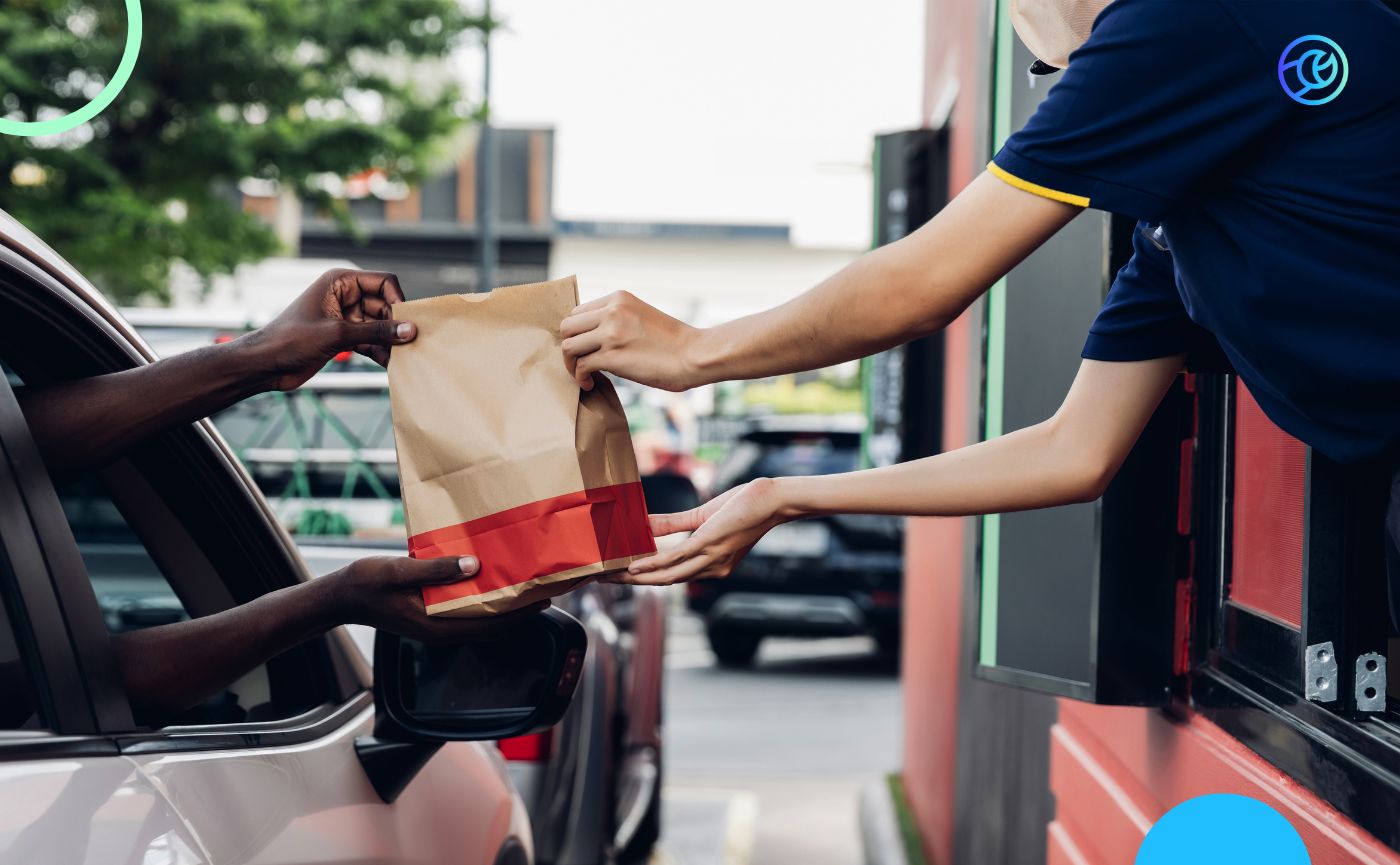Why the Answer to the Frankenstack is NOT Consolidation, but Integration
Recently, I came across a piece of clickbait that read, “20 Things Chefs Say to Watch Out for When Dining Out.” Since I eat out a fair amount, I clicked it. Among the list was this recommendation, “The bigger the menu, the more likely most of it is frozen food.” Living in New York City, I had heard this, and it makes sense. How would a restaurant be able to make fresh pancakes and beef stroganoff in the same 20 minutes? Short Answer: They can’t.
With marketing, we can fall victim to the same vast menu of the all-in-one platform. The claims of innovation and parity seem to check all the boxes, but you must ask yourself, “How does a company that spent 10 years perfecting its core product suddenly spin up an equally perfected solution in months?” I am not saying that you should be committed to single boutique solutions for everything but given the number of companies integrating to create seamless interactions, there is some wisdom in being selective before you order oysters at a diner.
Here are a few questions you can ask to help with your decision:
1. What does the new and core offering have in common? Is there technical overlap?”
A company may have innovated in their space, yet to expand their customer base, they produce lackluster adjacent solutions. For example, a social company that specializes in organic social advertising may choose to develop a paid social option, however, these are two shockingly different tactics. Building them on the same platform may cause much of the necessary details for paid social to get lost in translation. Organic is good for likes, comments, and interactions but paid social is more nuanced. Just within Facebook and Instagram advertising you find a rich complexity around guidelines, whom you can target, ad bidding, and more, and one simple mistake can cause your campaign to never go live.
Would you expect oysters to be offered at a diner? Most likely not. The foundation of a diner is quick, simple fare. The same principle applies here, some companies specifically don’t go into paid social advertising because they don’t have the foundational expertise to succeed in it.
2. How complex is the tactic to do on its own? How knowledgeable is the partner?
Certain tactics require a specific amount of specialization and technical experience. Take Pay Per Click advertising for example. It may appear simple enough to pick keywords, set a bid amount, and start spending, but mastery of the platform takes years. In fact, Google offers a certification program that most companies require to manage PPC campaigns. Social media advertising offers similar complexities with specific creative and best practices that can drive strong performance but will also shut down a campaign when not aligned. Simply put, not every new solution will contain the necessary experience to maximize performance. Implementing an ineffective, simplistic solution can erase any efficiency gained through using a single vendor. The best technology knows when to build and when to partner. At Tiger Pistol, we don’t attempt to be experts at everything, but we partner with experts in areas that our clients find valuable.
3. Are there integration partners that can give you the best of both worlds?
It’s becoming more common in the ad tech industry to see companies combining assets or specializations to create a unified platform. Now, a company that spent a decade learning the ins and outs of paid social advertising and a company that spent a decade perfecting listing management can connect to offer the best of both in a singular interface. This is the standard you should be looking for. With Tiger Pistol’s listings integration, clients can sync location data from your listings management solution to bring the nuances, such as a playground, to local campaigns. Integration capabilities, like public API’s and development support, create great opportunities to combine the tools you use today with new functionality like Tiger Pistol’s social advertising offering maximizing expertise, efficiency, and functionality. In fact, this type of integration is becoming so commonplace that many platforms view their partners as a vital part of using their tech to its full potential. There really is no reason to settle for a lackluster offering in this new ecosystem.
The best restaurants have the shortest menus because they take the time to understand their client’s needs and perfect their recipes. Paid social advertising, a single tactic that is very specialized and very effective, demands a similar focused solution, not one that’s simply rushed to development and tacked on to demonstrate a wider breadth of services.
Discover how Tiger Pistol can power your local advertising success.
Related Posts
Marketing Resellers: The Hidden Reason SMBs Churn (And How to Stop It!)
Marketing resellers are more than service providers – they are the backbone of digital marketing for thousands of SMBs. In a highly competitive market, success depends on delivering scalable solutions that are easy to use, brand-consistent, and fully embedded in the client experience. Efficiency, branding, and a seamless user experience are no longer differen
Why Local Results Matter More Than Aggregate Metrics in Franchise Advertising
Marketers are expected to do more than generate impressions. They’re expected to prove impact. But in franchise systems, that’s easier said than done. When campaigns run across hundreds of locations, on multiple platforms, and with varied objectives, performance data often becomes scattered, delayed, or too broad to act on. Aggregate KPIs might look good, b
The SMB Advertising Landscape – A Massive Opportunity for Resellers
Small businesses are doubling down on digital advertising to drive sales, generate leads, and build brand awareness. However, tight budgets, limited resources, and a lack of expertise make it difficult to see results. The SMB Advertising Challenge Top Business Priorities: According to the 2025 Small Business Marketing Survey by Taradel, 55.6% of SMBs prioritize
Engaging Home Services Consumers: Strategic Use of Facebook, Instagram, TikTok, and Amazon
Millennials are redefining how home repairs are approached, with many opting to hire professionals over tackling tasks themselves. For example, only 20% of millennial homeowners feel confident repairing drywall or installing a ceiling fan, and just 31% are comfortable attempting exterior painting or light installations. Surprisingly, nearly one-third (30%) of m





